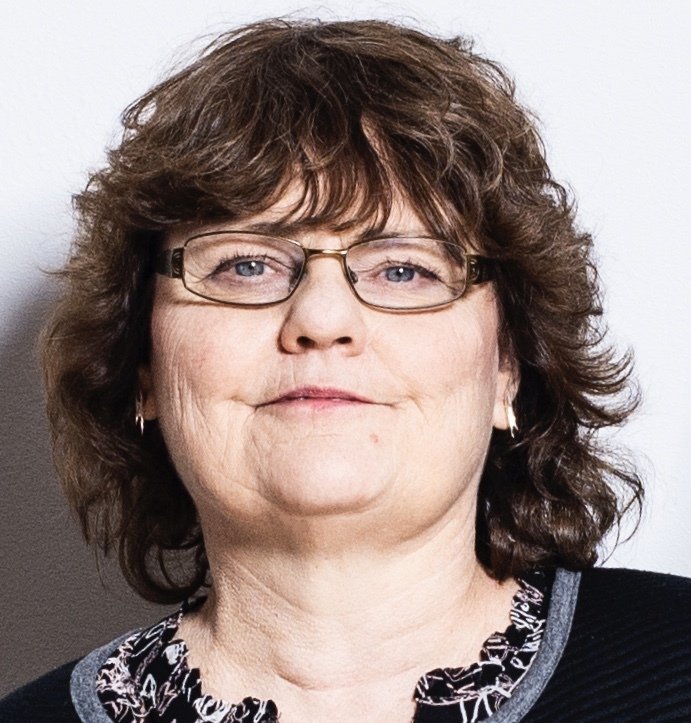“Healthcare institutions can assist in finding a living donor”
Eva Lagging is a doctoral student, at the Department of Learning, Informatics, Management and Ethics, LIME, at Karolinska Institutet. She is researching the role of healthcare institutions in finding living donors.

Text: Annika Lund. First published in Swedish in the magazine Medicinsk Vetenskap no. 2/2020
Should healthcare institutions take greater responsibility in finding living donors?
“Here is one way of looking at it: There is a structure surrounding donation from deceased persons. The healthcare institutions know when and how they should speak to the deceased person’s relatives. We have no equivalent structure for donations from living individuals. Is it reasonable to expect that the person suffering from a kidney disease should ask their relatives? It can be a very sensitive and difficult matter. And people’s networks differ in size. For this reason, we need a structure that also include living donations”.
Do healthcare institutions take any such initiatives today?
“Yes. Danderyd Hospital in Stockholm has for several years used a set letter which is sent to certain relatives. The patient with the kidney disease determines who receives the letter. The letter contains information about living kidney donations, the phone numbers of healthcare professionals for those wanting more information etc. It is a letter that brings up the question of donation, which provides paths for those wishing to investigate the matter further. The main point is that the healthcare institution acts as the sender, not the patient. A similar letter has also started seeing use at Uppsala University Hospital. Karolinska University Hospital in Huddinge regularly holds information meetings which are open to anyone wanting to attend, and where they can meet people who have donated or received organs and learn more, with no obligations.”
How has the letter been received?
“I have conducted in-depth interviews with 15 people who all received the letter. They have appreciated the letter and its purpose, regardless of whether they wanted to proceed and find more information. None of them were offended or perceived the letter as insensitive.”
Has there been any results?
“Danderyd Hospital has sent out around 50 of these letters. In several cases, this led to a relative donating a kidney.”
Facts about organ donation
Large willingness to donate among the population…
- 83 % of Swedes want to donate their organs after death.
- Around 50 per cent of Swedes have made their will known through the Donor Register, donation cards or relatives.
- Around 20 per cent of Swedes are registered in the Donor Register.
… but a small amount of actual donors
- 89,000 people died in Sweden in 2019.
- A total of 812 organs were donated in 2019. These included kidneys, livers, hearts, lungs, pancreases and cell islands (also taken from the pancreas).
- 191 deceased individuals donated their organs in 2019
- 147 living individuals donated their organs in 2019.
- 37 people died waiting for a transplant in 2019.
Sources: National Board of Health and Welfare, Vävnadsrådet, Mer Organdonation
